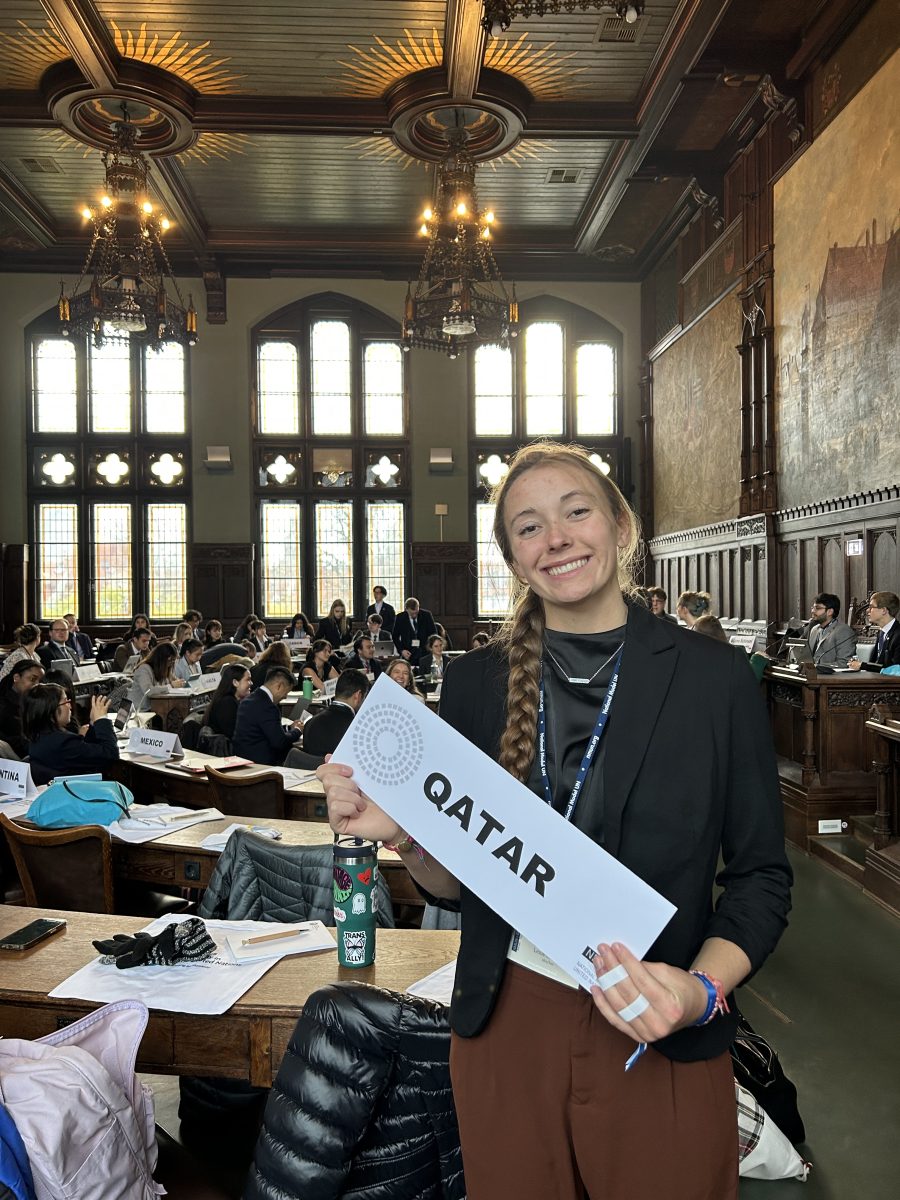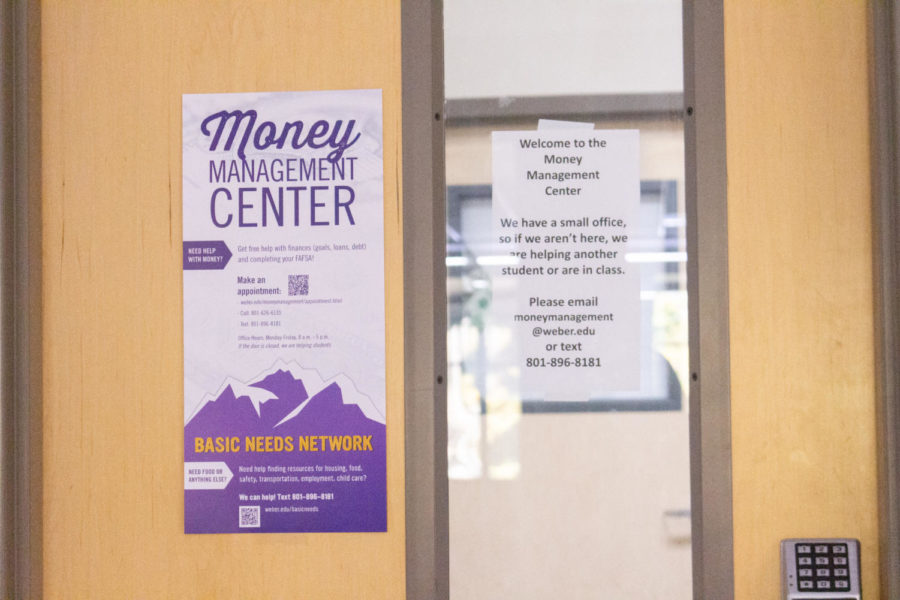How much would you pay to stay alive? For millions of Americans with chronic illnesses, the number continues to climb higher and higher.
Health is not something you can put a price tag on, even though many drug companies are trying — and that price tag is high.
One such medication is insulin. The price for insulin is so high, some who have diabetes or have a loved one with diabetes are banding together and traveling to Canada and so they can buy insulin there. The trip has been dubbed the “Caravan to Canada,” and has attracted national attention: Vermont senator Bernie Sanders will be joining the latest trek.
This is the second caravan of its kind in less than a month. This second route started in Minnesota and wound through Wisconsin, Illinois and Michigan. The route ended in London, Ontario, where insulin was initially discovered, according to The Washington Post. The purpose of a longer drive is to help raise awareness for the sky-high insulin prices.
The cost of insulin in the U.S. has risen 197 percent over the last seventeen years according to the 2016 study on insulin prices published in JAMA. The study showed that one milliliter of insulin cost $4.34 in 2002. That same medication cost $12.92 in 2013. A single vial of insulin costs an average of $340, according to CBS News. However, many pay more than $400.
Depending on the person and severity of diabetes, patients use one to six vials of insulin per month.
In Canada, the cost is much lower, about $30 a vial, even for those coming from another country to purchase the drug.
This is what prompted the “caravan” to make their way across the border to buy several — up to ten — vials of insulin. The reason many couldn’t by more is that it is illegal to bring more than a three-month supply of insulin across the border.
Approximately 30 million Americans live with diabetes in the United States, with 1.5 million Americans receiving a new diagnosis annually.
For 7.4 million of those Americans living with diabetes, insulin is not a luxury that can be done without, according to a memo released by the Committee on Energy and Commerce.
But rationing insulin, or even doing without, is becoming increasingly common. And people are dying from it.
In Jan. 2019, Alec Smith-Holt died after falling into a diabetic coma. His mother, Nicole Smith-Holt, began advocating for Type 1 diabetics after discovering he had been rationing his insulin when he was no longer on his parents’ insurance.
For Alec, the average monthly costs for insulin and supplies was around $1,300. He never reached out to say he was struggling to pay for his life-saving medication.
The same medication that cost Alec $1,300 to purchase costs between $2.28 and $6.34 to produce, according to the same memo.
Unfortunately, it’s not just insulin that has seen abhorrent price hikes.
3,400 name-brand drugs raised their prices in the first six months of 2019, according to CBS. The average price increase was 10.5 percent. By comparison, inflation only increased 1.79 percent.
A study by the Kaiser Family Foundation found that 29 percent of patients are skipping their medication because of the cost. 62 percent of Americans take at least one prescription and 24 percent take four or more prescriptions.
29 percent of those who take prescription medications have not taken medicine as directed because of the cost.
For those of us who take a prescription and wonder why the price is so high, it’s partly due to an “inelastic market.” This means that there is no competition or incentive to walk away. The alternative to not purchasing the medication is little to no quality of life or in some cases, even death.
I say us because I take more than four medications on a daily basis. I have a biologic injection I take bi-monthly for Crohn’s disease. That injection, Stelara, would be $23,000 without insurance, according to the receipt I received with the two-by-two, insulated box that contains the drug making it possible for me to go to work and school.
It’s so much money that it takes a month to get approved by the insurance company before you can even begin.
This is a medication that allows me to live a functional life. It doesn’t stop my symptoms, but it lessens them. Before I was diagnosed, I had to quit my job in high school because I was in the hospital three times in two months.
That said, unlike diabetics who need insulin daily, I won’t die if I don’t get my prescription — at least not right away.
Even before that diagnosis, I found myself having two abdominal surgeries at 14 and 16. For that, I used to take a quarterly injection, Lupron. It was $900 after insurance.
I didn’t have a job at the time and my family couldn’t afford it. I stopped taking it and just hoped that doubling the oral medication would be enough, even though it had already proven it wasn’t. Lupron was supposed to help make sure I can have kids when I want to. I still can’t afford both medications.
Yet, there’s nothing that the average person can do. You can’t bargain with the drug companies. They have all the cards, and the cards are patients’ lives. There are two options: pay whatever they ask or, in many cases, don’t take it and suffer or die.
Drug companies are profiting off patients pain, disability and dysfunctional organs.
Based on the current rate of increase, a study in the Jama Network Open journal found many largely prescribed medications would continue to double every seven to eight years. And there’s no sign of it slowing down.
Even lawmakers are having a hard time controlling the prices. A Senate committee met with top executives from seven major pharmaceutical companies. These executives said that they could not, or more accurately would not, lower the prices of commonly-used prescription drugs, even though they admitted that they control the prices.
And for the lawmakers, it’s all just politics.
One potential solution is transparent pricing on advertising.
We’ve all seen the commercials; they don’t contain much information beyond instructing you to not use the medication if you’re allergic to it. By advertising the price of the medication on the commercials, it could dissuade the rapid price hikes and ridiculous pricing.
This almost became a reality, until on July 11, a federal judge blocked the new requirement that drug companies disclose their prices in television ads, according to The New York Times. President Trump proposed a price-disclosure requirement for medication commercials — on account of his reelection.
However, the drug companies Merck, Eli Lilly and Amegen argued Trump was violating the companies’ First Amendment rights and would “confuse” patients about the difference between list price and the price insurance companies are paying.
The court ruled in the companies favor, although it’s clear Big Pharma wasn’t doing anything out of the goodness of their hearts.
Another solution proposed by the population of a survey done through the Kaiser Family Foundation was allowing patients to get less expensive drugs from Canada. Instead of having people physically crossing the border to buy vials of insulin, patients could have it shipped internationally — which would still be cheaper than purchasing it through the United States, especially without insurance.
This solution has also been proposed by Trump, as another way to fulfill a campaign pledge to continue his reign. Trump has hinted that he has turned his focus to tying drug prices to those set by European governments — price control with a different name. Of course, if he called it price control, he couldn’t call himself Republican.
These solutions, in all likelihood, won’t come to fruition. But one solution that could is for people to call for lawmakers to jump over the abyss of the aisle and make policies to help patients.
Dr. Eric Topol, director and founder of the Scripps Research Translational Institute, wrote that an innovative solutions need to find appropriate price points for patients while rewarding drug manufacturers.
But this doesn’t mean that the federal government shouldn’t be looking at the abuse patients are taking from the pharmaceutical industry.
And with the federal government dragging its feet, Colorado has taken the problem into its own hands.
Colorado has already begun by capping out-of-pocket, monthly expenses for insulin at $100.
The problem is that insurance companies are absorbing the cost, so this doesn’t impact those that are uninsured. Federal policy could begin to unravel the damage done to patients. The federal government would be able to put monetary limits on how much Big Pharma can charge, where states cannot.
Capping prices through federal regulation may be the only solution to a rapidly-expanding problem. Without intervention, even patients with a regular income and insurance will be priced out of paying for life-saving medication.























